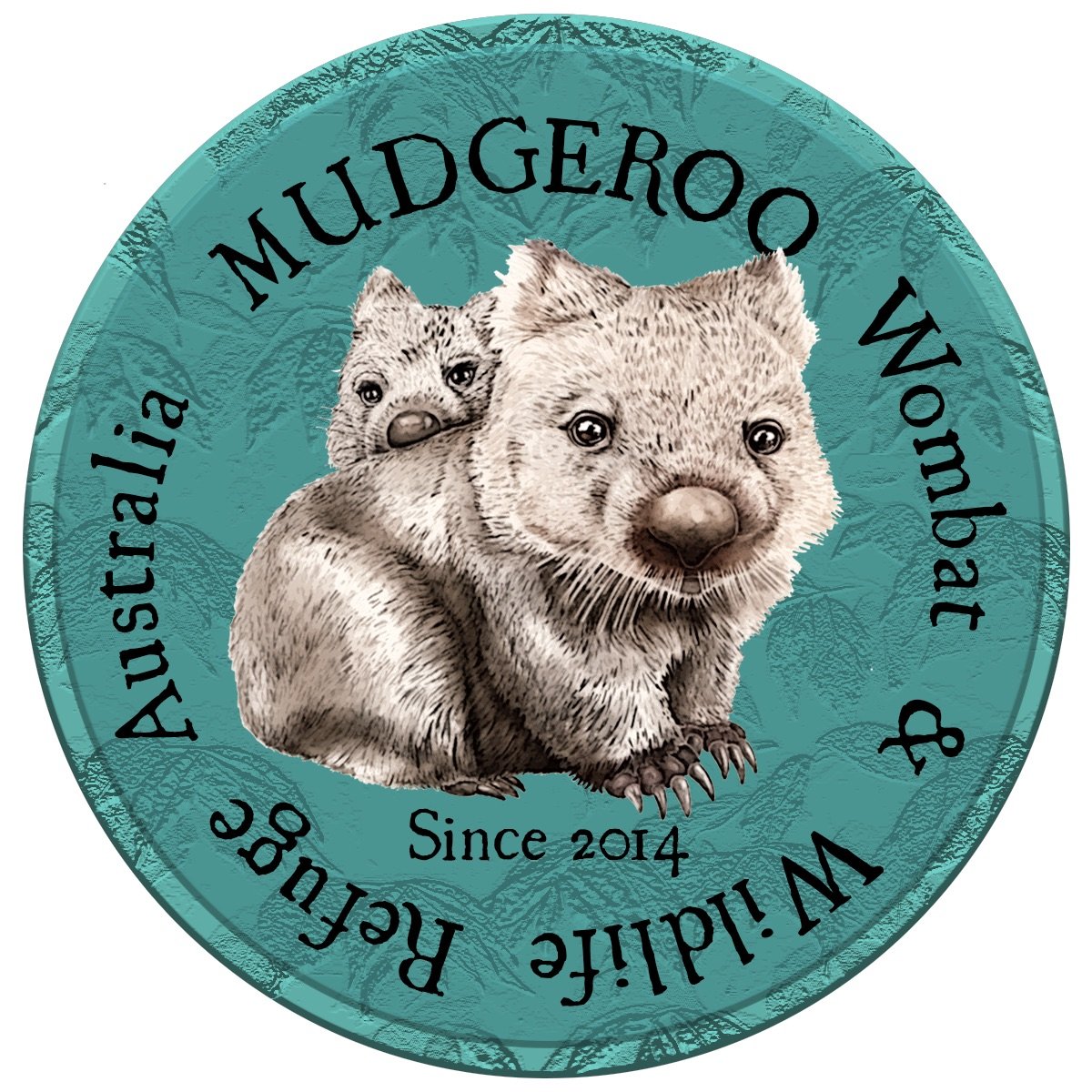We are licensed to rescue, rehabilitate and release wildlife under Wildlife Rescue South Coast Inc (WRSC Inc) and Australian Seabird and Turtle Rescue (ASTR).
FAQ's
Please call WIRES on 1300 094 737. They are the first responders for injured animals, and will refer the patient to us if need be.
- Wear high-visibility clothing (with reflector stripes), and always keep your rescue kit in an accessible spot.
- Be aware of your surroundings: are you in a particularly dangerous spot on the road, such as just around a bend?
- Try to move the mother off the road to a safer place.
- Be sure to check that the mother is deceased before attempting to remove her baby. Check for breathing, stiffness, and body warmth, and touch the corner of an eye gently to test for a blink reflex.
- Gently open the pouch and look for a joey. Sometimes, you may have to cut open the pouch. If so, do this carefully with round-tipped scissors.
- If the joey’s mouth is attached to the teat, do not try to detach them, but instead, if possible, take the deceased mother with you, or if that’s not possible, cut off the teat. Pulling the joey’s mouth off the teat can severely damage the joey’s mouth.
- Try to remove the joey gently, back-first, with the legs, tail, and head following. Be sure not to get any body parts caught. (Do not pull too firmly.)
- Cover his or her head immediately with a blanket, towel, or pillowcase to calm the animal down (and prevent the joey from scratching you or fleeing).
- You’ll need to keep the joey warm. You can do this by putting him or her in a basket with a towel-wrapped heat pack. (But do not overheat the joey.) If you don’t have a heat pack, keep the joey wrapped inside a towel and placed in the pillowcase.
- Turn off the car radio and keep the noise to a minimum so as not to frighten the joey.
- Take the joey to the nearest wildlife rescue centre, registered wildlife carer, or veterinarian immediately. Never try to keep or care for wild animals yourself. They require care from specialists. Shared from PETA Australia
1. Slow Down
Sadly, roadkill is a common sight along many roads around Australia. From koalas crossing to reach fresh eucalyptus leaves to wallabies hopping towards a water source, we need to take care when driving to keep them safe. Keep an eye out for wildlife and watch your speed, particularly between dusk and dawn when many animals are most active.
2. Make the call
If you come across an injured animal, call your local wildlife rescue once it’s safe to do so. Save their number in your phone to save time and give injured wildlife the best chance at survival. If you do spot roadkill, and if safe to do so, make sure to do a pouch check for surviving young on any marsupials.
3. Keep to the water’s edge
If you live near a beach, you may be lucky enough to spot a shorebird nest or turtle breeding ground. Signs of nests can be spotted around Australia’s coastlines. Make sure to keep a safe distance and walk near the water’s edge to avoid disrupting chicks or crushing eggs.
4. Ramp it up
Australians know how to beat the summer heat all too well, but as our climate grows warmer, native animals need a hand cooling down. If you have a pool, pond or similar, put a makeshift ramp on the side so that animals can hop in to cool down and get out safely.
5. Help out in the heat
Animals can struggle to find a consistent water supply in the drier, hotter months. Put bowls of water around your home or property to help wildlife stay hydrated in summer. Shallow bowls are best but if you don’t have any, placing some bricks or rocks inside bowls can help out our smaller animals. Having bowls up high will help birds and bowls on the ground help out our ground-dwelling wildlife.
6. Turn out the lights
Wild animals aren’t used to seeing fluorescent lights, and the bright lights at night can cause them to become confused or disoriented. Turn off or dim your lights at nighttime to help keep native wildlife safe.
7. Safe pets, safe wildlife
One of the greatest impacts on Australia’s wildlife is attacks by pet cats and dogs. Always keep your pets contained and never let them roam. Keep your cats inside and dogs on a leash unless in a specific off-leash area. These steps will keep your furry loved ones safe while also keeping our native wildlife safe.
8. Put native plants in your backyard
Helping wildlife can be as simple as buying some seedlings and getting your hands dirty! Half our threatened animals live on the urban fringe, so planting a native Aussie garden is a great way to help. When designing your garden, diversity in shape and size of flowers is best. Flowers are great for pollinators, while structural, spiky plants and grasses provide great habitat for small birds to nest and find shelter in.
As shared from WWF Australia
